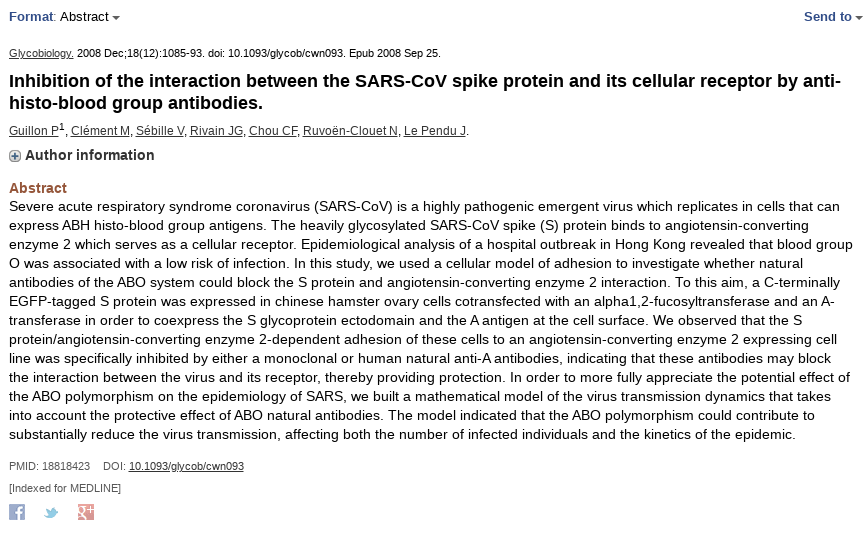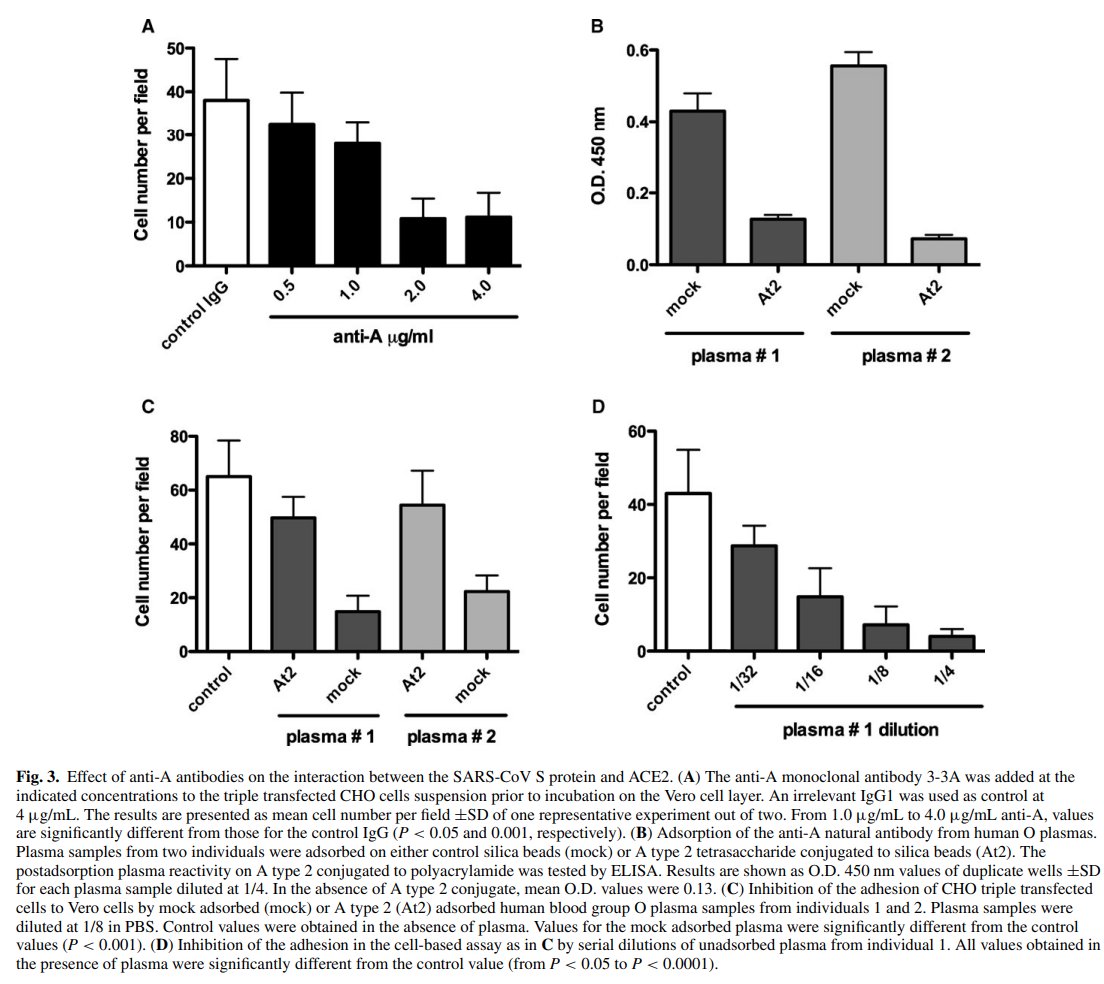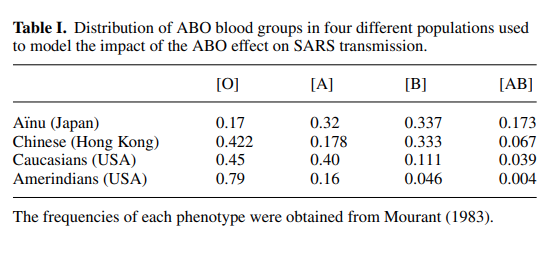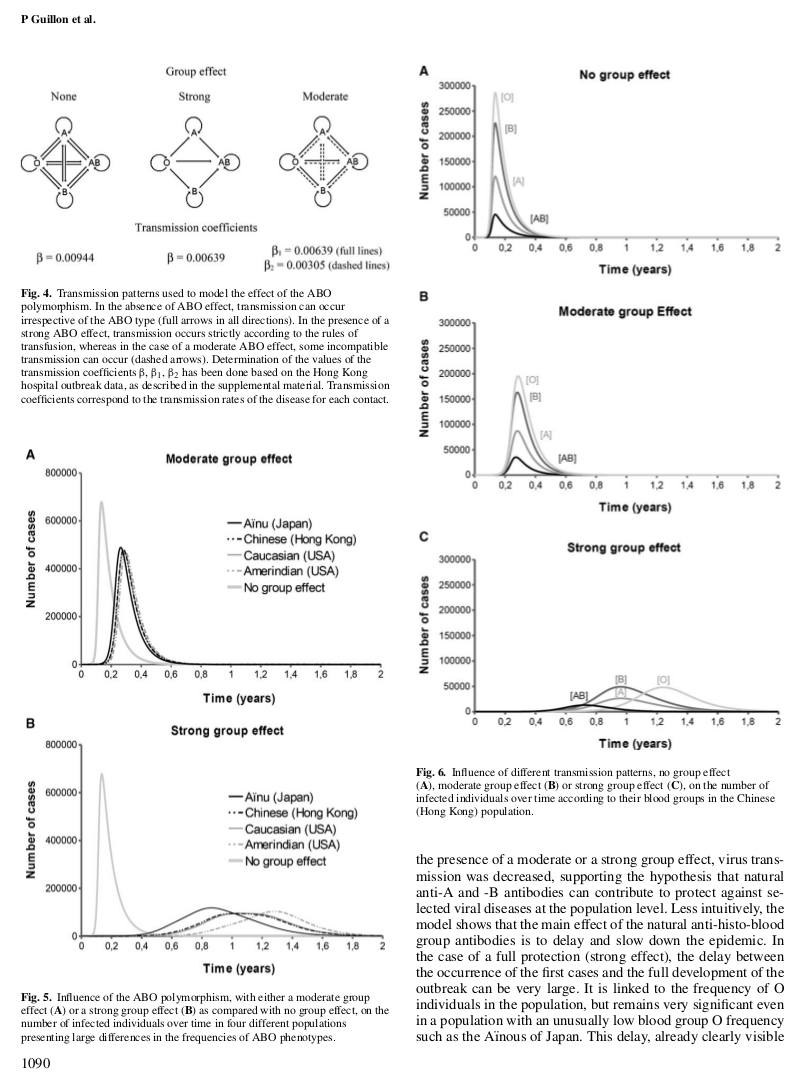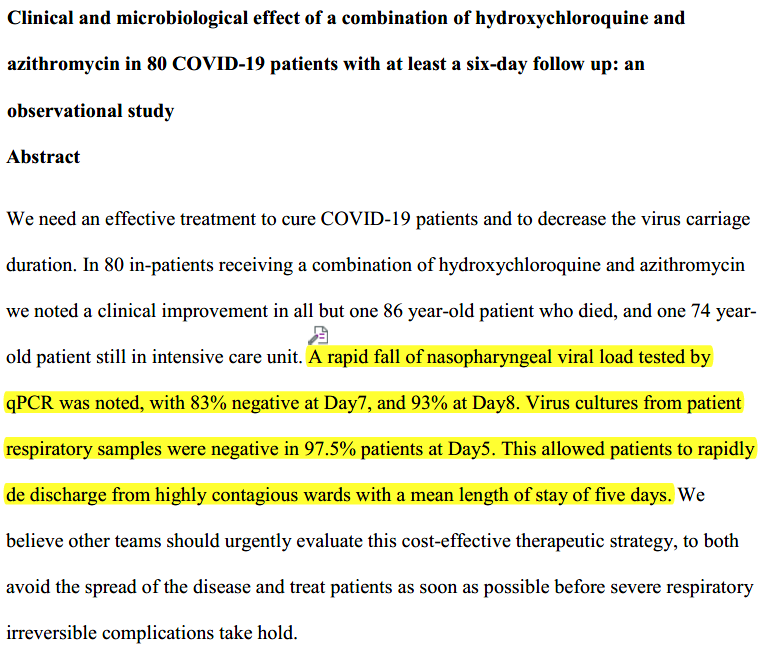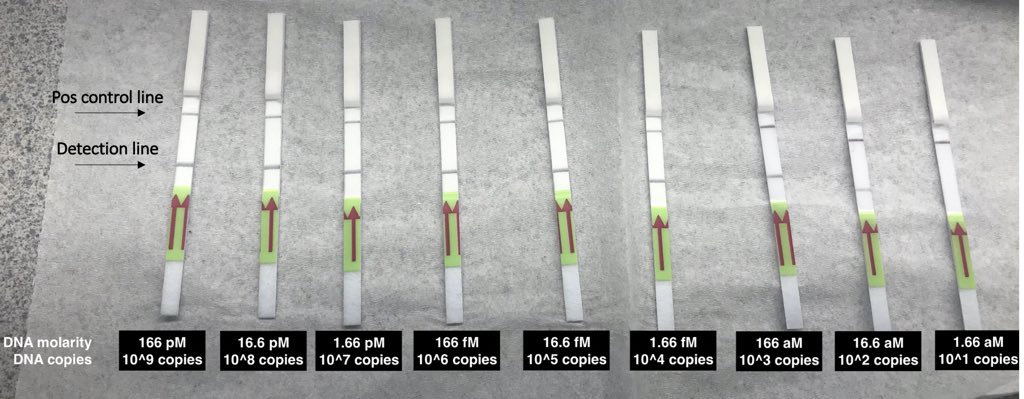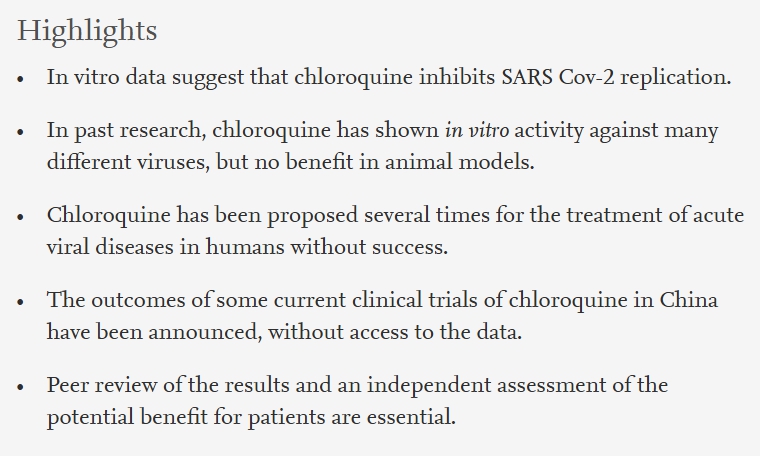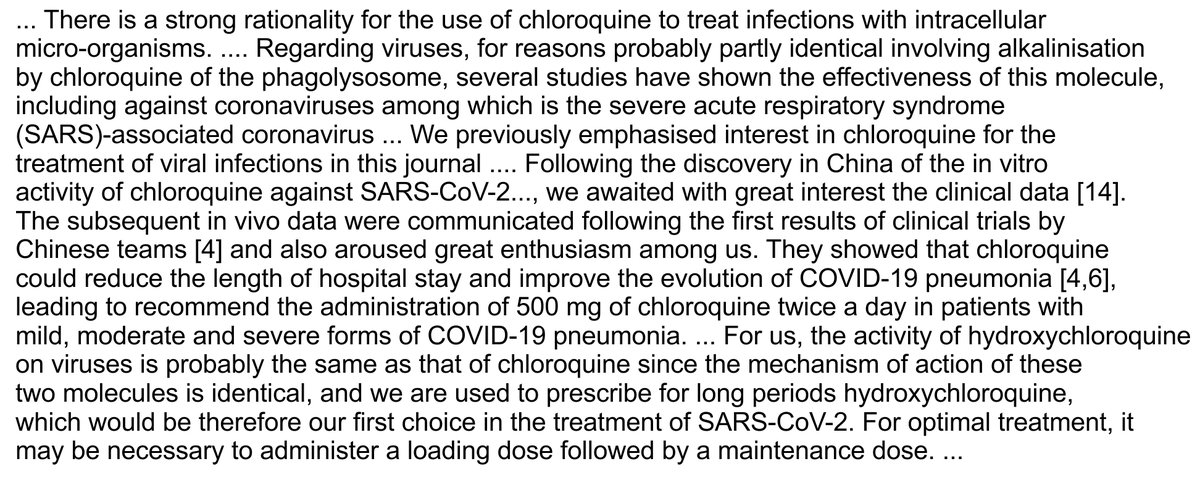I am uncertain as to how much the artesunate component matters. It appears very likely that pyronaridine is the primary active component in this setting.
archive.fo/Y4zWH
Many common viruses, including influenzaviruses, rhinoviruses, and coronaviruses, can be blocked from replicating by this method.
journals.plos.org/plospathogens/…
sciencedirect.com/topics/medicin…
ncbi.nlm.nih.gov/pmc/articles/P…
Either way: without an acidic pH, the host cell's acid hydrolase proteases cannot cleave the Spike protein, which means it cannot deploy the fusion peptide.
ncbi.nlm.nih.gov/pmc/articles/P…
At neutral pH, the contents are not cleaved as expected. The still intact virus is dumped back outside by exocytosis.
jcs.biologists.org/content/131/15…
Antivirals inhibiting endosome acidification do not directly destroy viruses. They mainly just impair their replication.
The host immune system is still responsible for cleaning up free virions and already-infected cells.
onlinelibrary.wiley.com/doi/abs/10.100…
Salinomycin is also a proton ionophore, and hence disrupts endosome acidification.
Accordingly, it likewise has broad-spectrum antiviral and oncocidal properties.
ncbi.nlm.nih.gov/pmc/articles/P…
ncbi.nlm.nih.gov/pmc/articles/P…
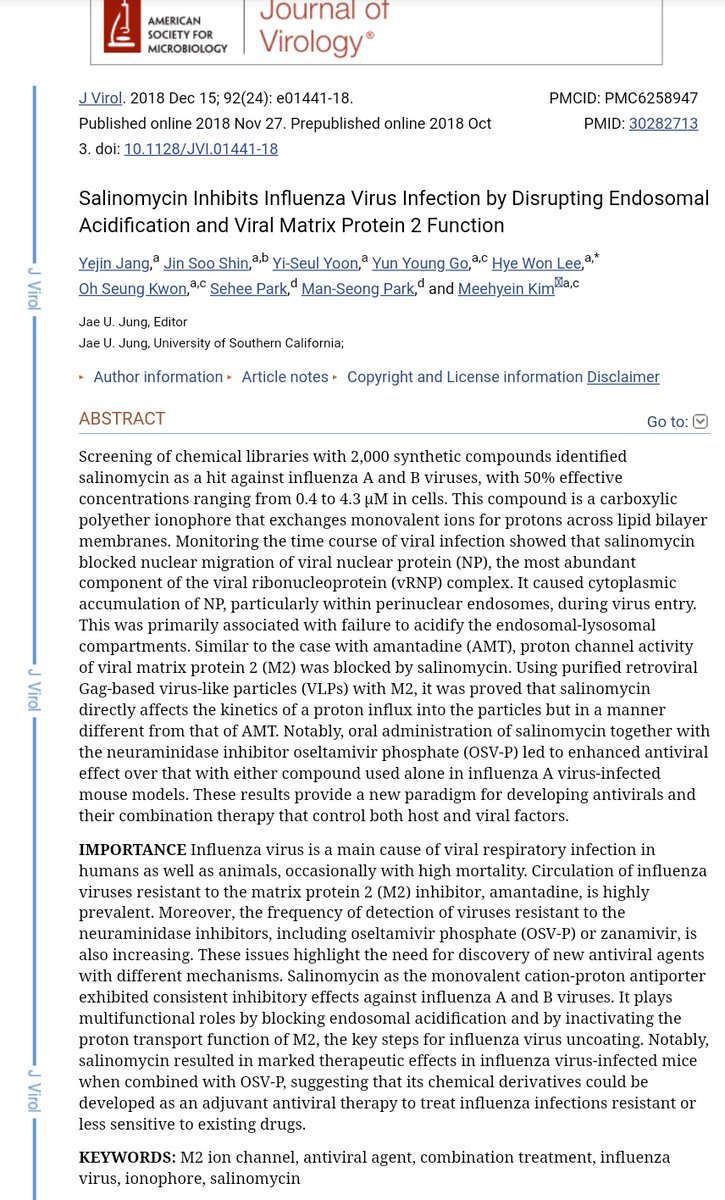
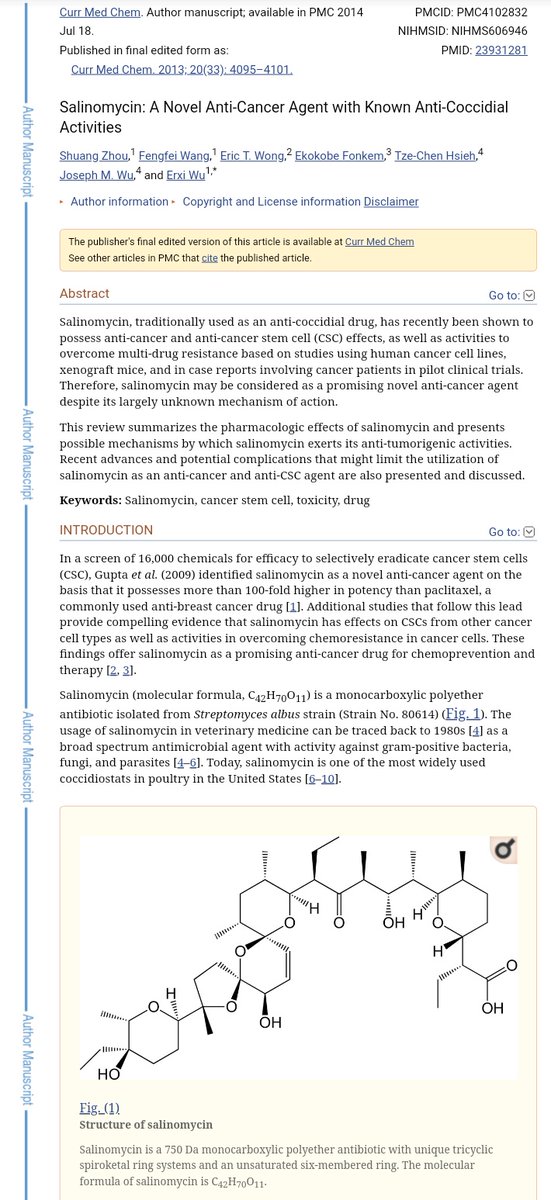
It has also appeared in high-throughput screening against coronavirus replication, alongside e.g. salinomycin and chloroquine--
ncbi.nlm.nih.gov/pmc/articles/P…
ncbi.nlm.nih.gov/pmc/articles/P…
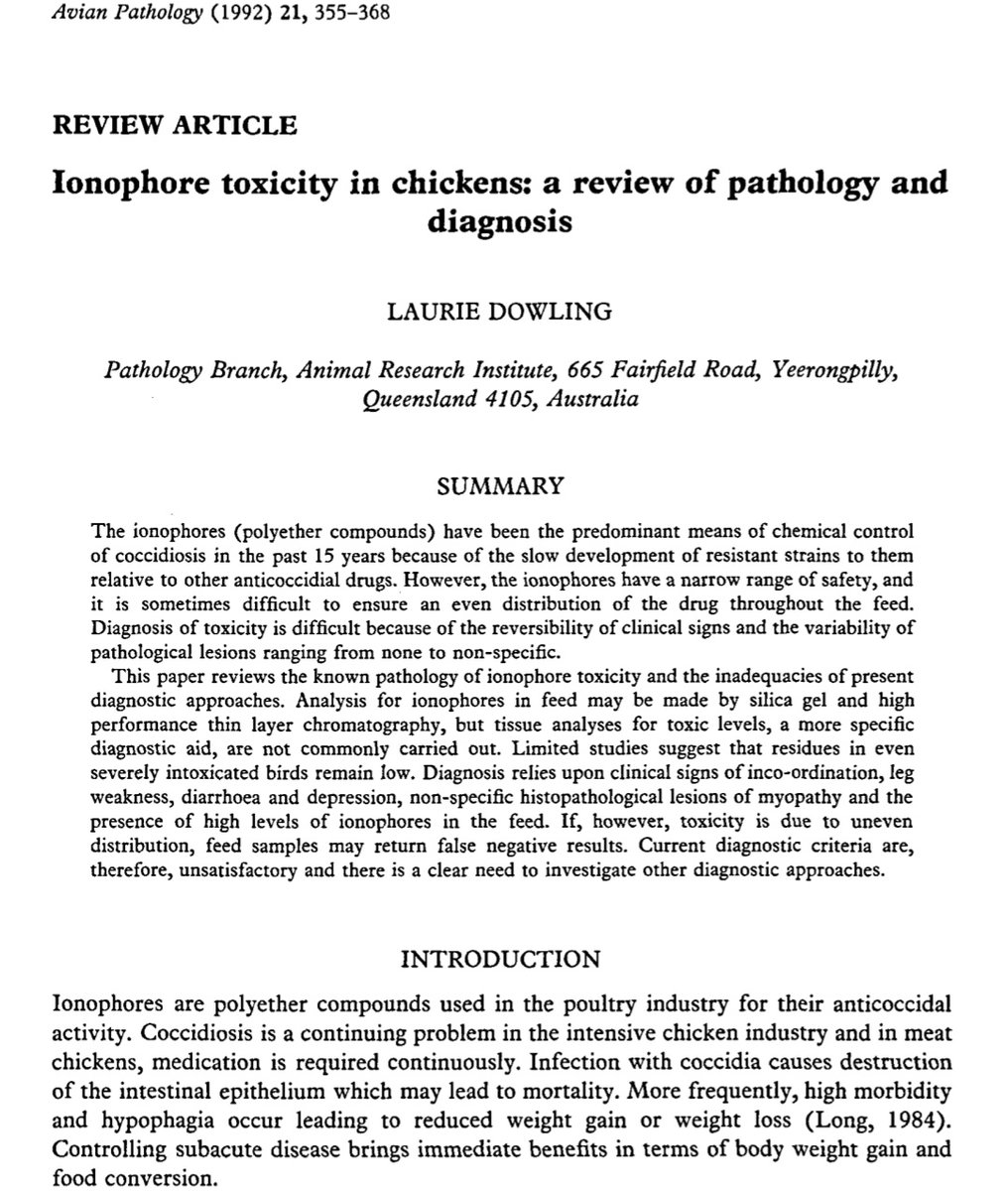
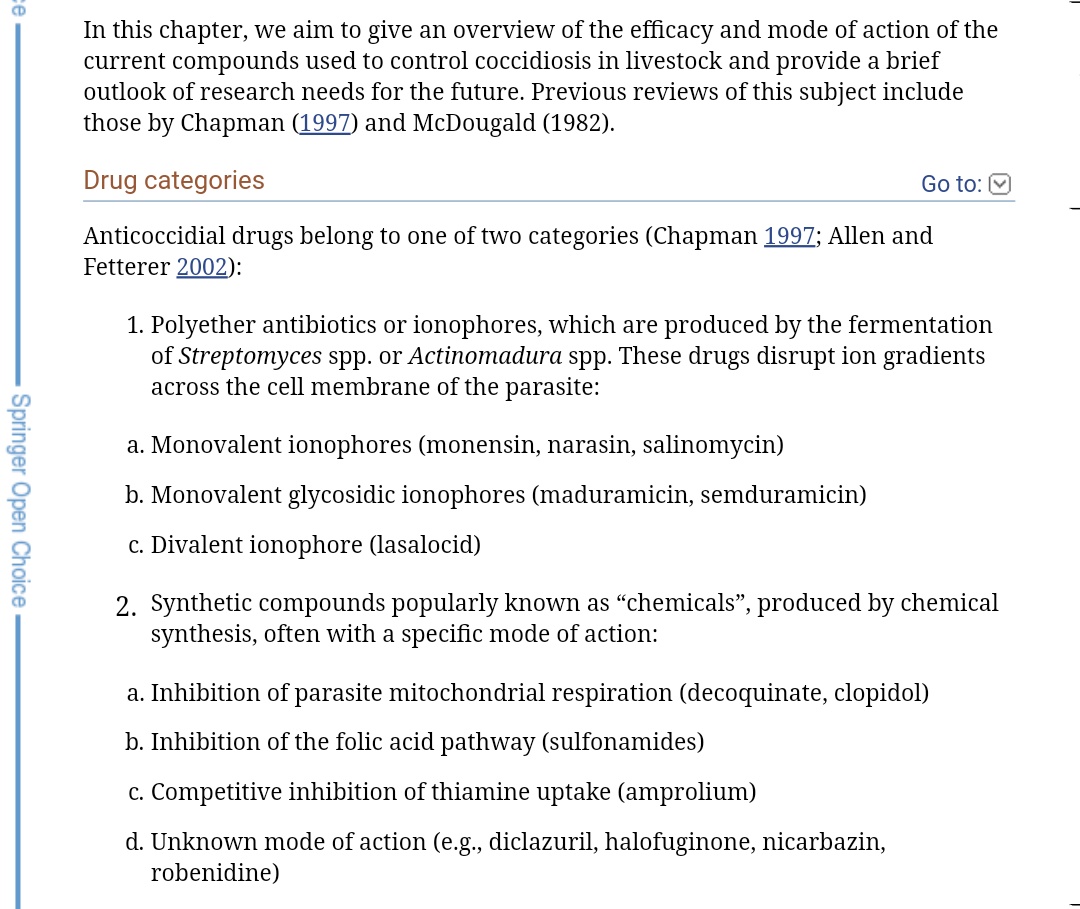
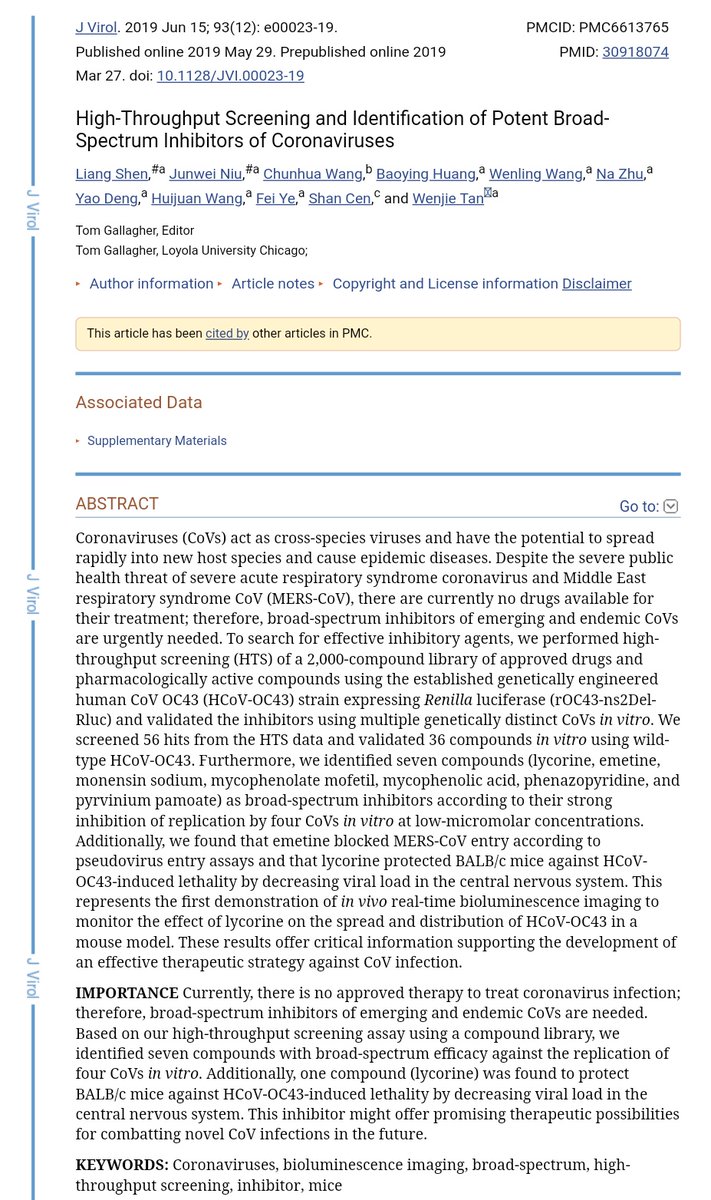
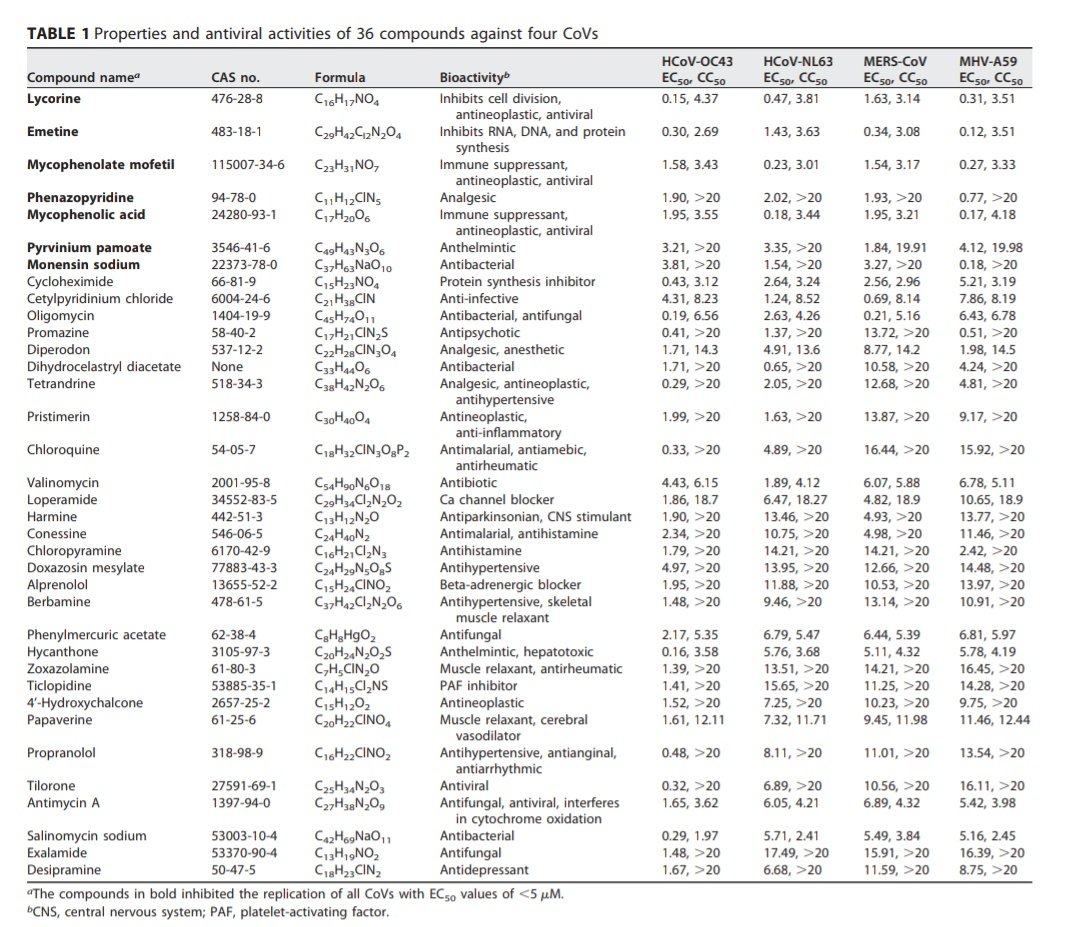
They work by disrupting proton gradients inside organelles within cells.
Zinc has very little to do with it.











